Anya Tyson
Buffalo, WY
BLM, Range Management and Wildlife Biology Intern
In the upland sites of the Powder River Breaks, my eyes wander past the delicate seed heads of needle-and-thread grass west to the stately spread of the Big Horn Mountains. I am not quite at home on the range yet, but I am getting close, and I am excited about the prospect of going solo to do some vegetation monitoring with Miriam, another CLM intern, this week.
I have learned while working with the range folks here in Buffalo that this particular BLM monitoring effort does not primarily concern itself with diligently listing every plant and IDing it to the last taxonomic level. Instead, I have been learning to understand a language of sorts, in which the genera of grasses present can effectively communicate the soil type and other ecological characteristics of a given site. Fundamental to science is the act of making observations over time, and government agencies have the resources to do just that, although they might not be rigorously publishing their data in Science. Hopefully, our monitoring work and the work of many others before and after us will be applied to land management decisions in the future.
Though the botanic work of range management has been engaging, I am excited that my internship will also allow me to work with the wildlife biology folks. Alas, the sage grouse leks are over, but there may still be opportunities to work with this focal species.
Beyond my title as a Range and Wildlife Biology intern, I am also gleaning a great deal of information about energy development, hydrology and the relationship of the BLM to the larger public in northern Wyoming. Coal Bed Methane development is a major force shaping the Powder River Basin and the activities of the BLM’s Buffalo Field office in particular. Though natural gas development might not be as innately appealing to me as learning about plants and animals, I can’t ignore that much of the energy we use in our country must take its toll on land somewhere, and it is important to know about the process and consequences of some of these undertakings.
I have only just begun my second week as an intern, but I am learning the landscape and starting to recognize many of the plants and some of the birds as old friends. As is often the case, the accumulation of this sort of knowledge has got me asking more questions about the place in which I now live. I am excited to continue to work and learn in the mountains, the foothills, and the range- possibly the best theater of cloud and sky I have yet experienced.





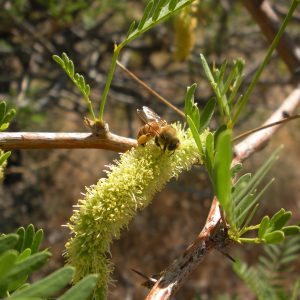
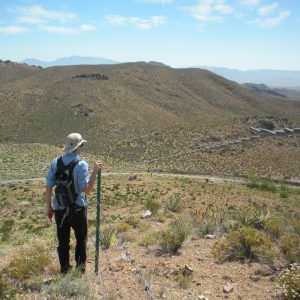
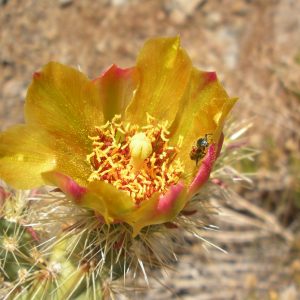
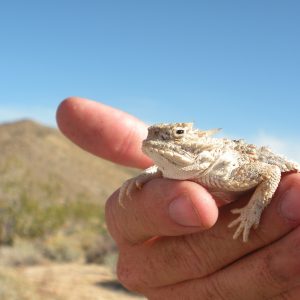
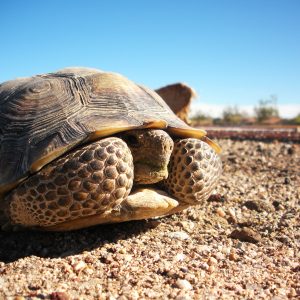
 Brittany and I have been charged with numerous and exciting responsibilities. My time so far has been spent managing and editing an extensive excel file of invasive animals in the national parks across the country, which will conclude as a national report to Congress. Talk about instant gratification; who knew the hours upon hours of collegiate excel work would be put to such immediate use! Having collaborated on an aquatic invasive species research project with my advisor at Hamline (
Brittany and I have been charged with numerous and exciting responsibilities. My time so far has been spent managing and editing an extensive excel file of invasive animals in the national parks across the country, which will conclude as a national report to Congress. Talk about instant gratification; who knew the hours upon hours of collegiate excel work would be put to such immediate use! Having collaborated on an aquatic invasive species research project with my advisor at Hamline ( getting to continue my education and expand my knowledge on invasives has been a real treat for me as well.
getting to continue my education and expand my knowledge on invasives has been a real treat for me as well.
 Neither of us have ever been, so the experience is going to be that much more amazing. We are planning a mini-road trip, with a night camping
Neither of us have ever been, so the experience is going to be that much more amazing. We are planning a mini-road trip, with a night camping in Arches National Park in Moab, Utah, as well as a short stop at the famed “Four Corners”.
in Arches National Park in Moab, Utah, as well as a short stop at the famed “Four Corners”.



